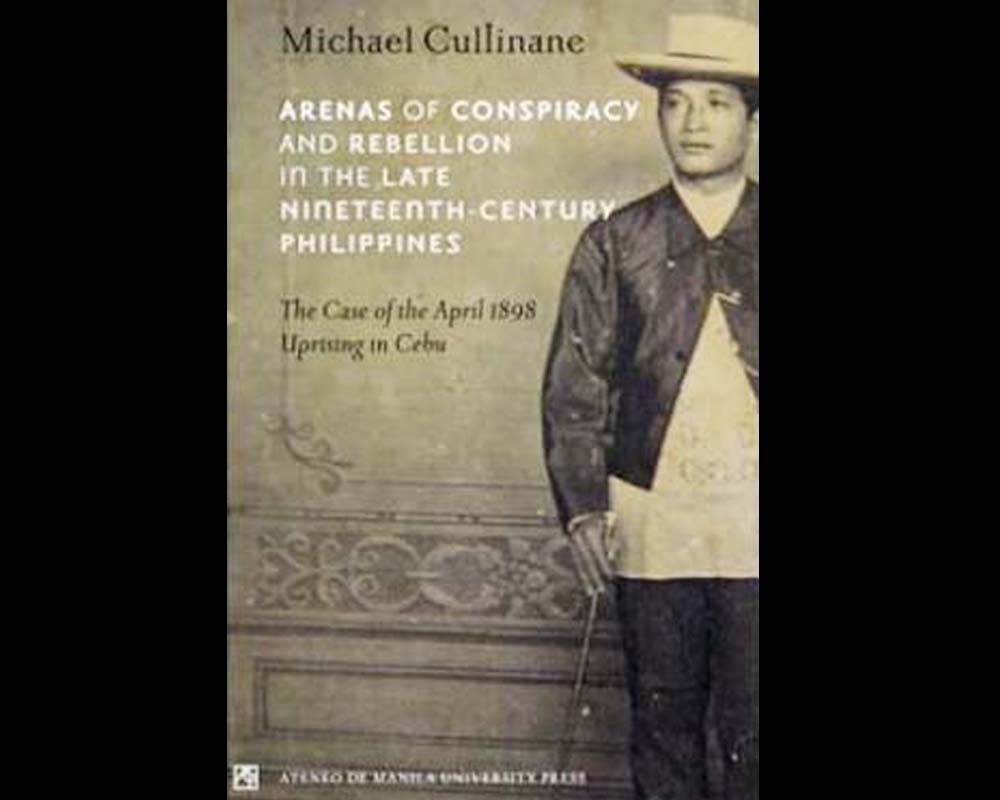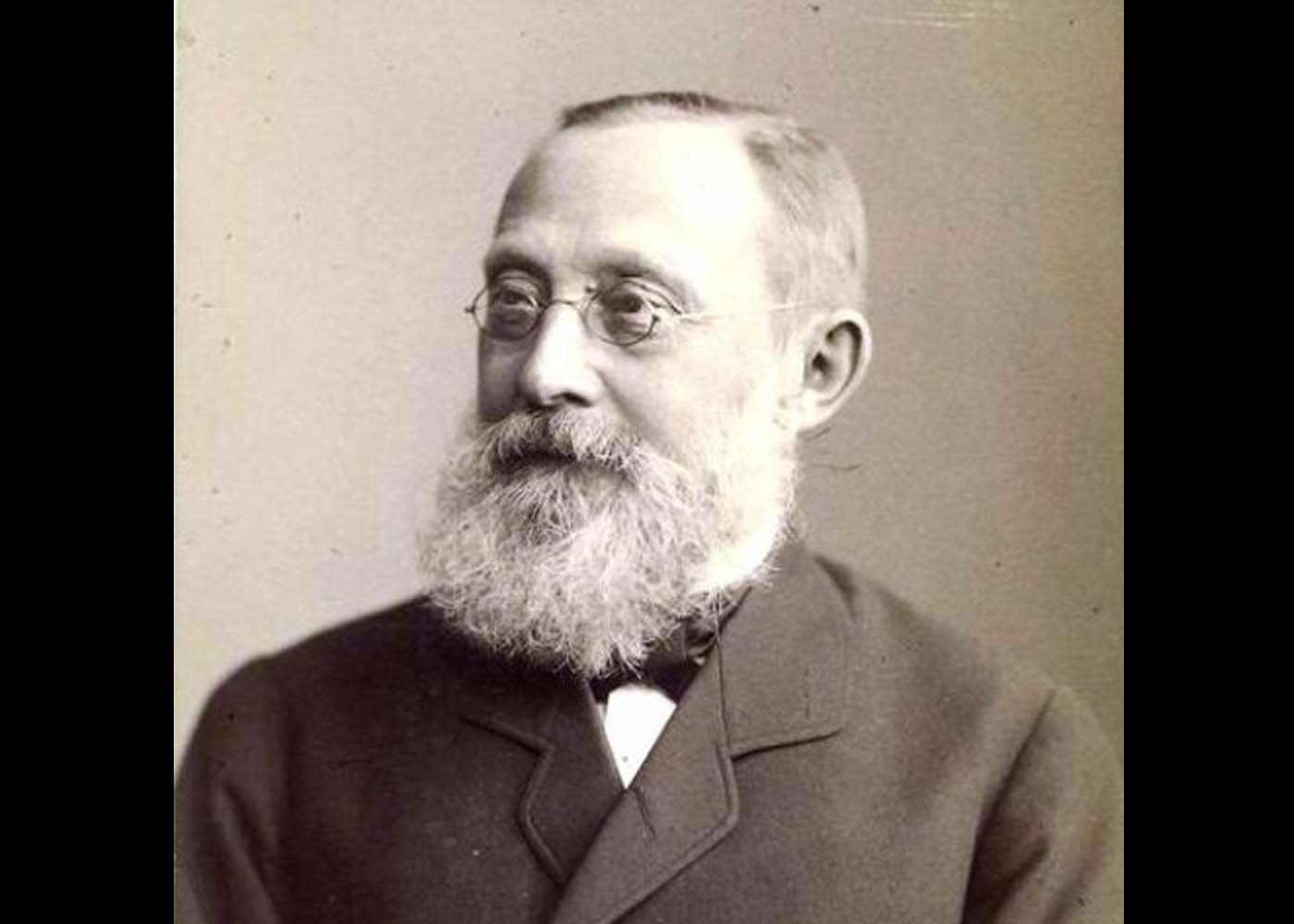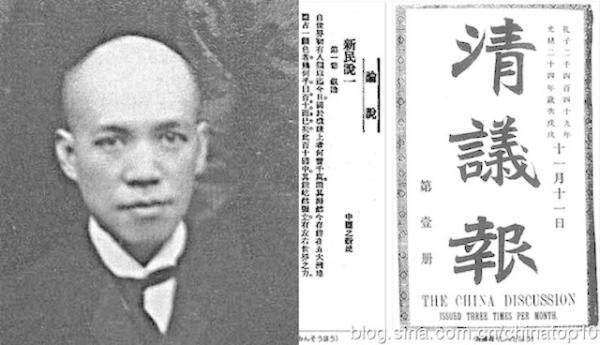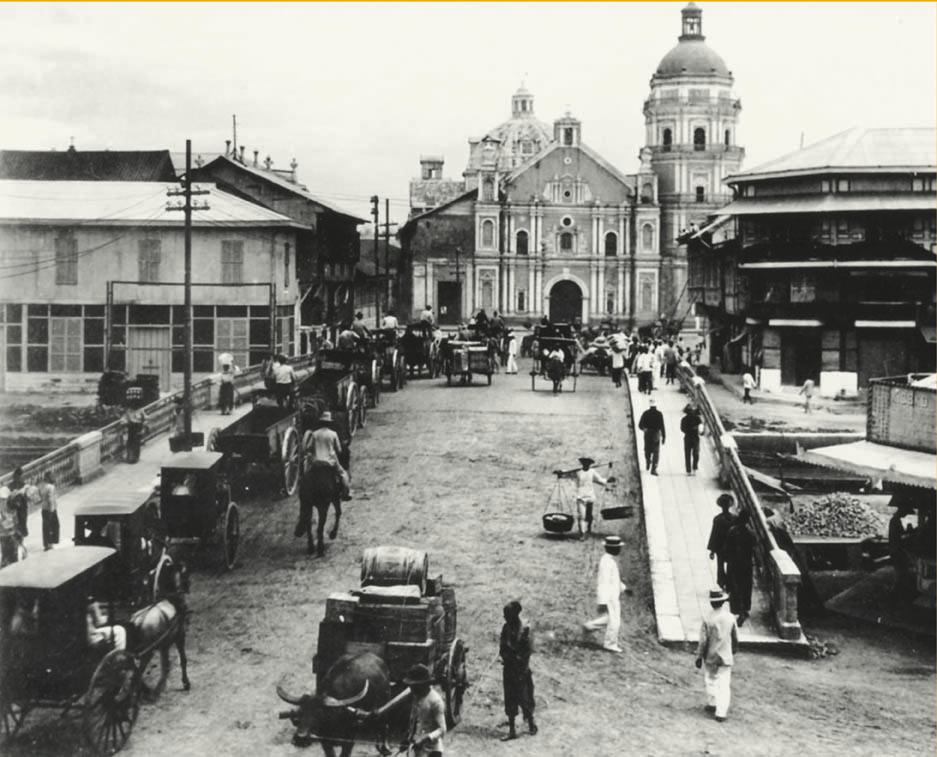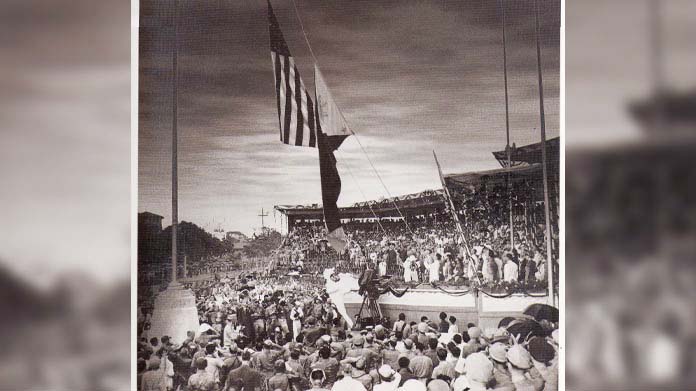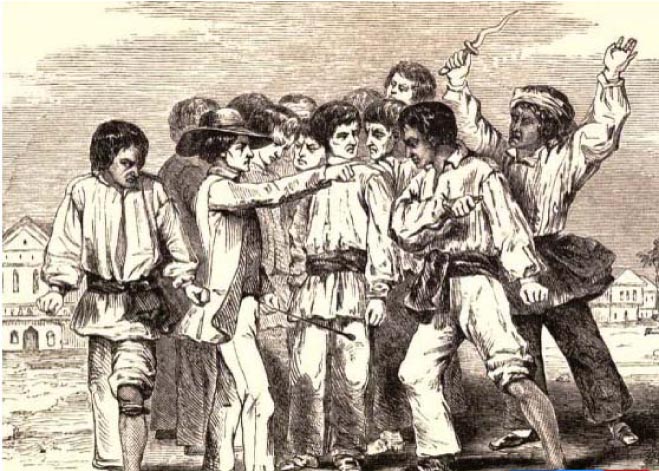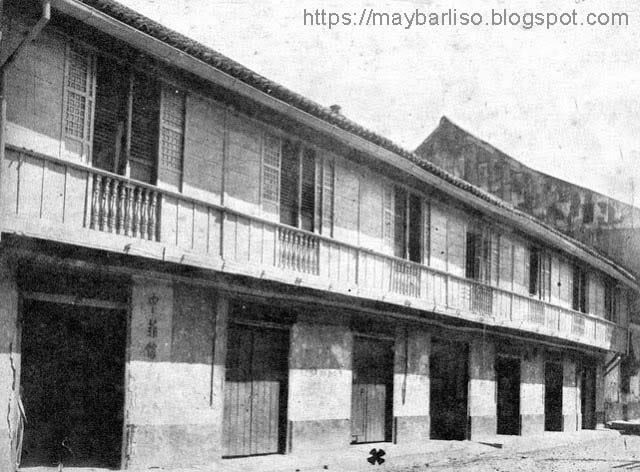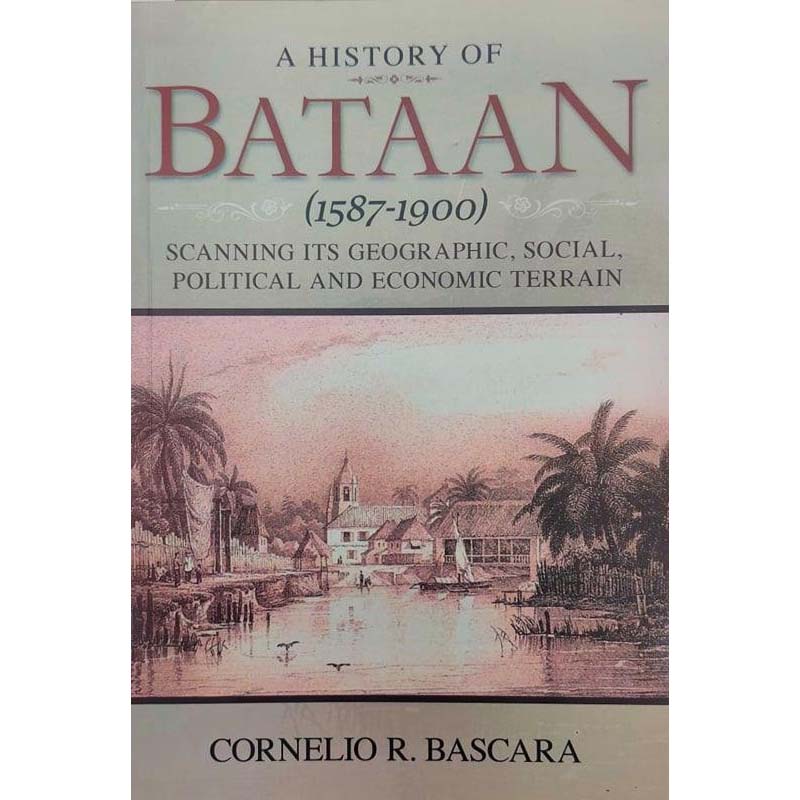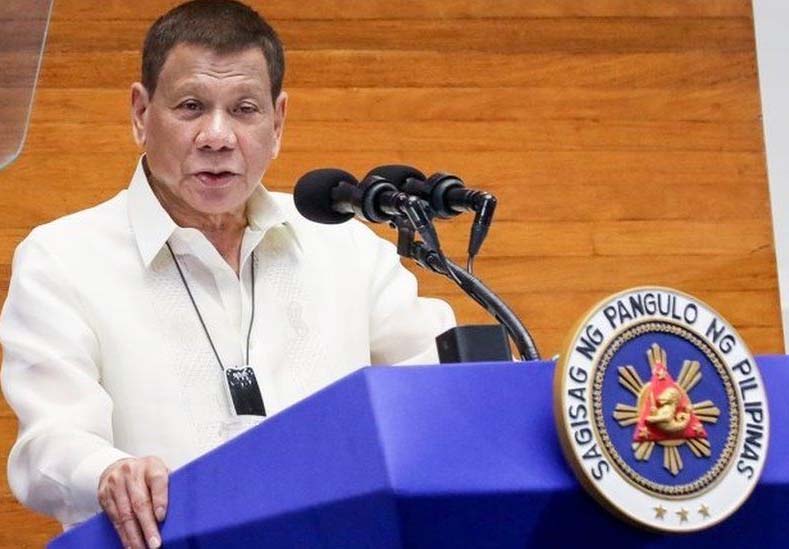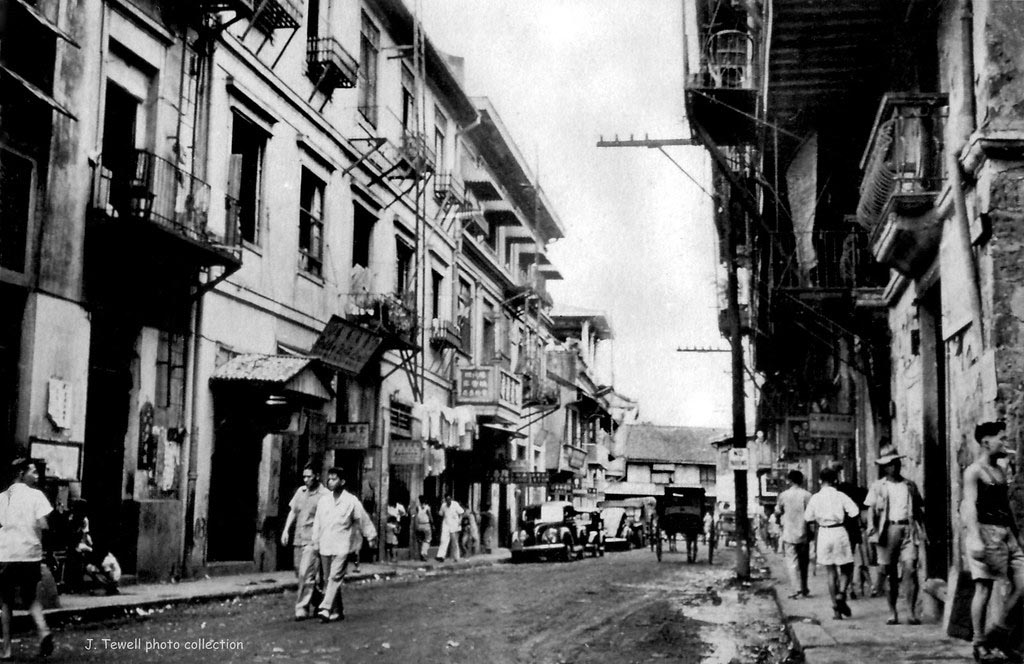The Ateneo de Manila University Press recently released Michael Cullinane’s new book, Arenas of Conspiracy and Rebellion in the late Nineteenth-Century Philippines: The Case of the April 1898 Uprising in Cebu. According to the back cover blurb, Cullinane’s new title “explores various aspects of late 19th-century Philippine society in an effort to locate the major […]
